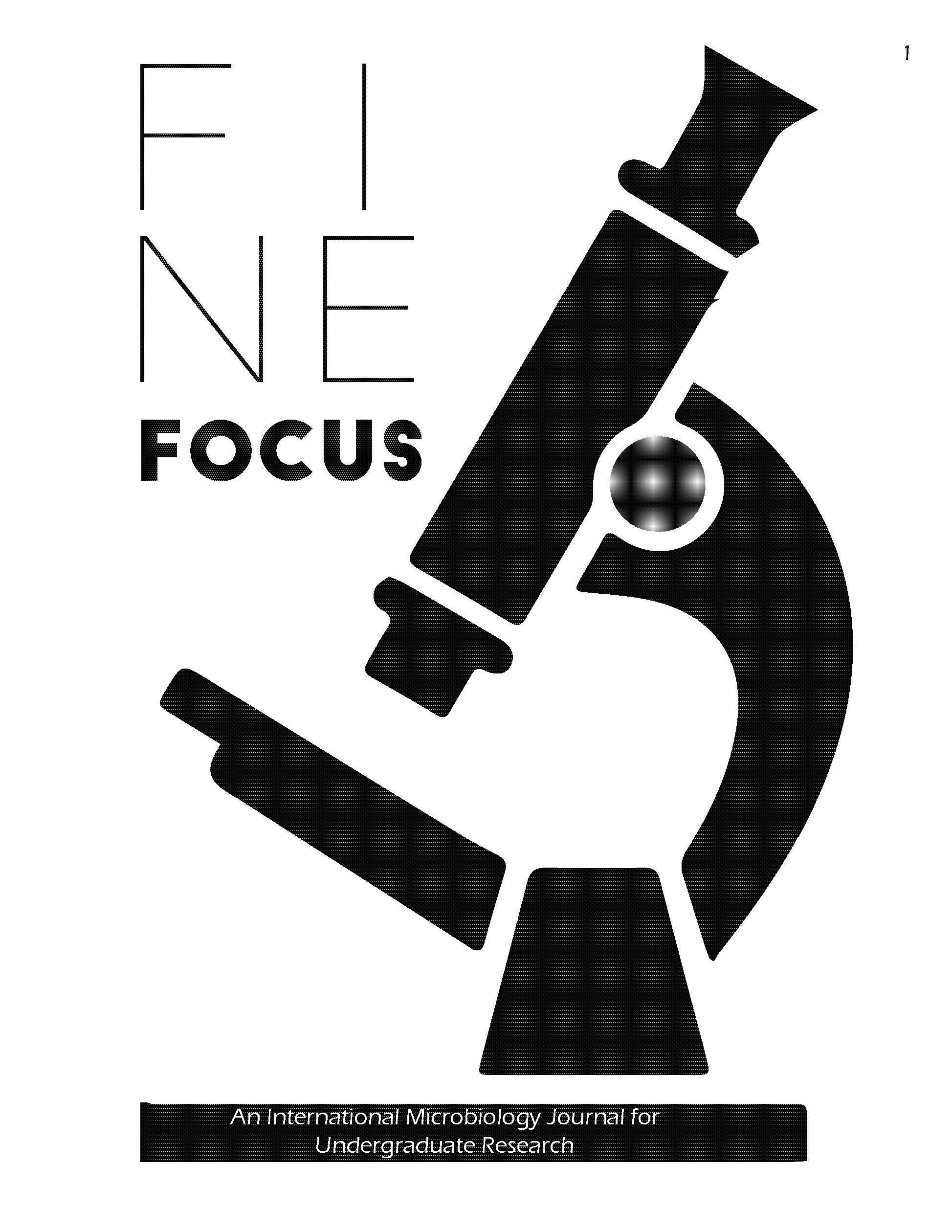Mixtures of Mycorrhizal Fungi Improve Growth of Lactuca Sativa and Reduce Levels of Zinc in Contaminated Soil
DOI:
https://doi.org/10.33043/FF.5.1.65-74Keywords:
Bioremediation, Mycorrhizal Fungi, VAM, Lactuca sativa, ZincAbstract
Bioremediation is currently under investigation as a viable way to remove many environmental pollutants and most commonly involves the use of microorganisms to extract organic pollutants or heavy metals from water or soil. One of the most abundant heavy metals found in industrially polluted sites is zinc (Zn); it is often found alongside metals like lead (Pb), arsenic (As), and mercury (Hg). This experiment investigated the potential bioremediation of pasteurized soil contaminated with zinc using different vesicular arbuscular mycorrhizal fungi (VAM) species and lettuce plants (Lactuca sativa). Soil was amended with 0.4 g of zinc chloride (ZnCl2) per kg of soil. Amended and unamended soils were inoculated with two different mixes of VAM, BioAg VAM-Endo™ and MycoBloom. For each treatment, L. sativa plants (15 pots per treatment) were grown in a greenhouse setting. Plant diameter was measured weekly. Plants were harvested after 55-days and the wet weight of leaf tissue was measured before the tissue was sent for analysis of zinc levels. Roots were assessed for mycorrhizae using a trypan blue staining procedure. The BioAg VAM-Endo™ mix was the most successful at removing ZnCl2 from the soil. L. sativa inoculated with VAM mixes formed mycorrhizae, grew healthier and removed more zinc from the soil than the non-inoculated group. We propose further investigation into the use of mycorrhizal fungi paired with other plant species to remove zinc from contaminated sites with harmful levels of zinc.
Downloads
Downloads
Published
How to Cite
Issue
Section
License
By submitting to Fine Focus, the author(s) agree to the terms of the Author Agreement. Beginning in Fall 2018, all authors retain copyrights associated with their article contributions and agree to make such contributions available under a Creative Commons Attribution-NonCommercial 4.0 International license upon publication in Fine Focus. Copyrights to articles published prior to Fall 2018 have been transferred from the authors to Fine Focus.



